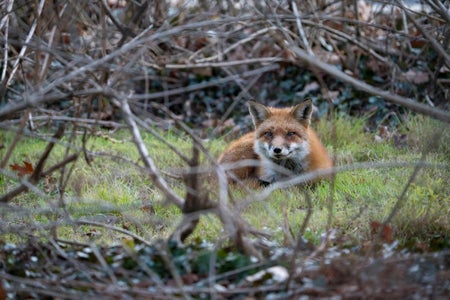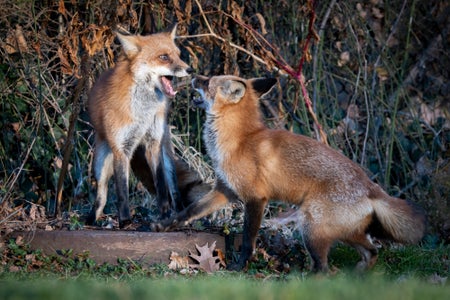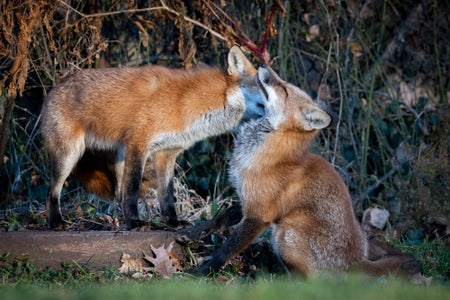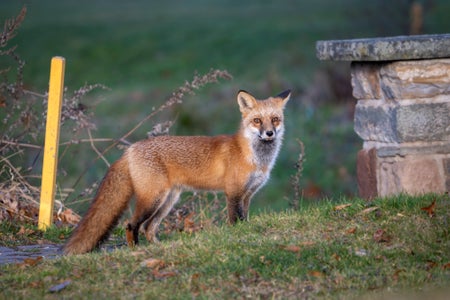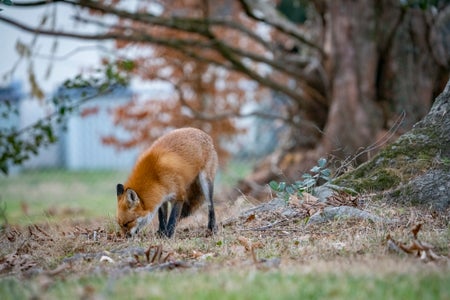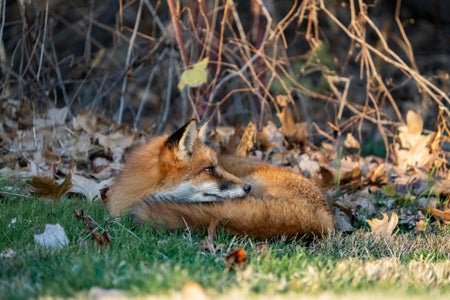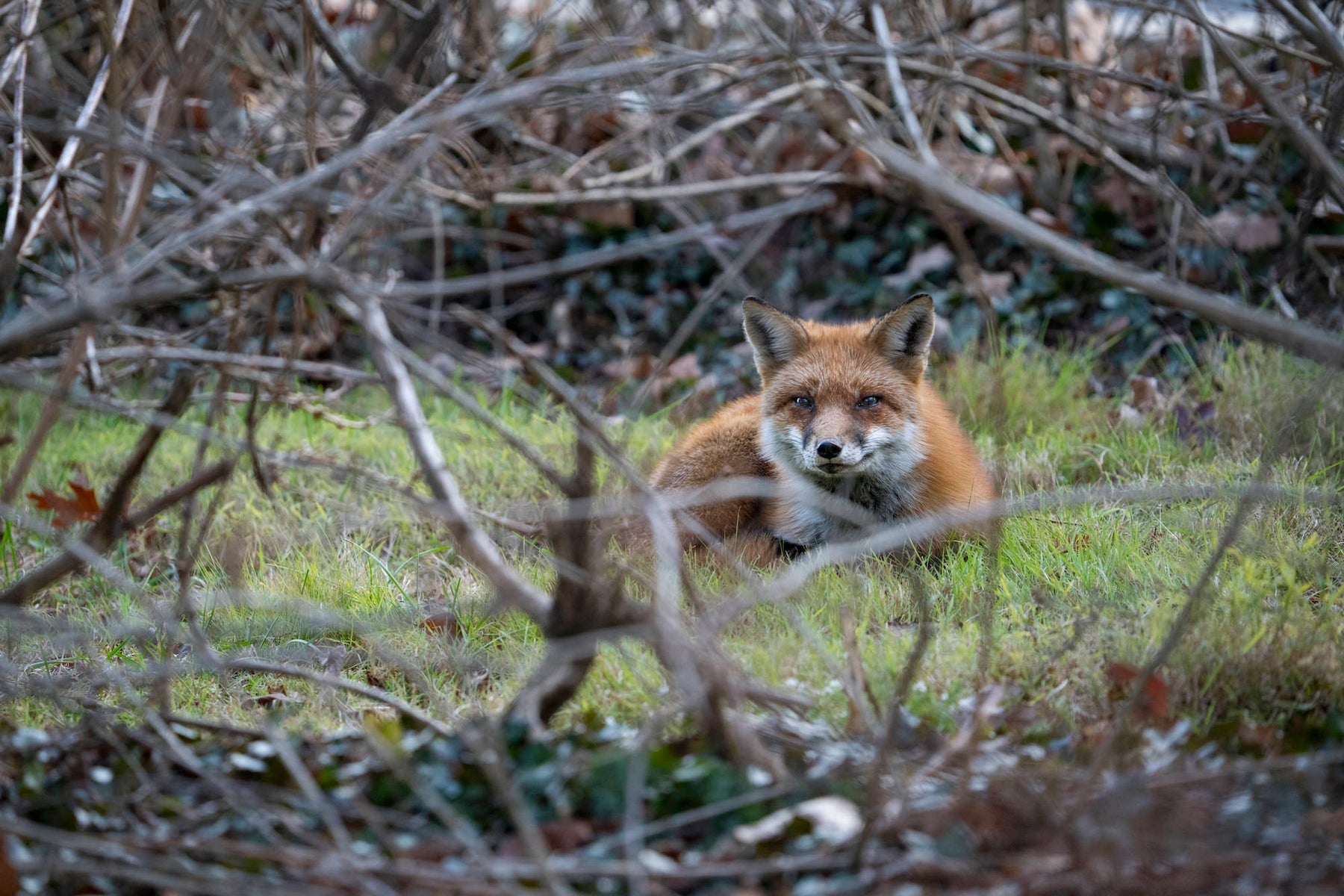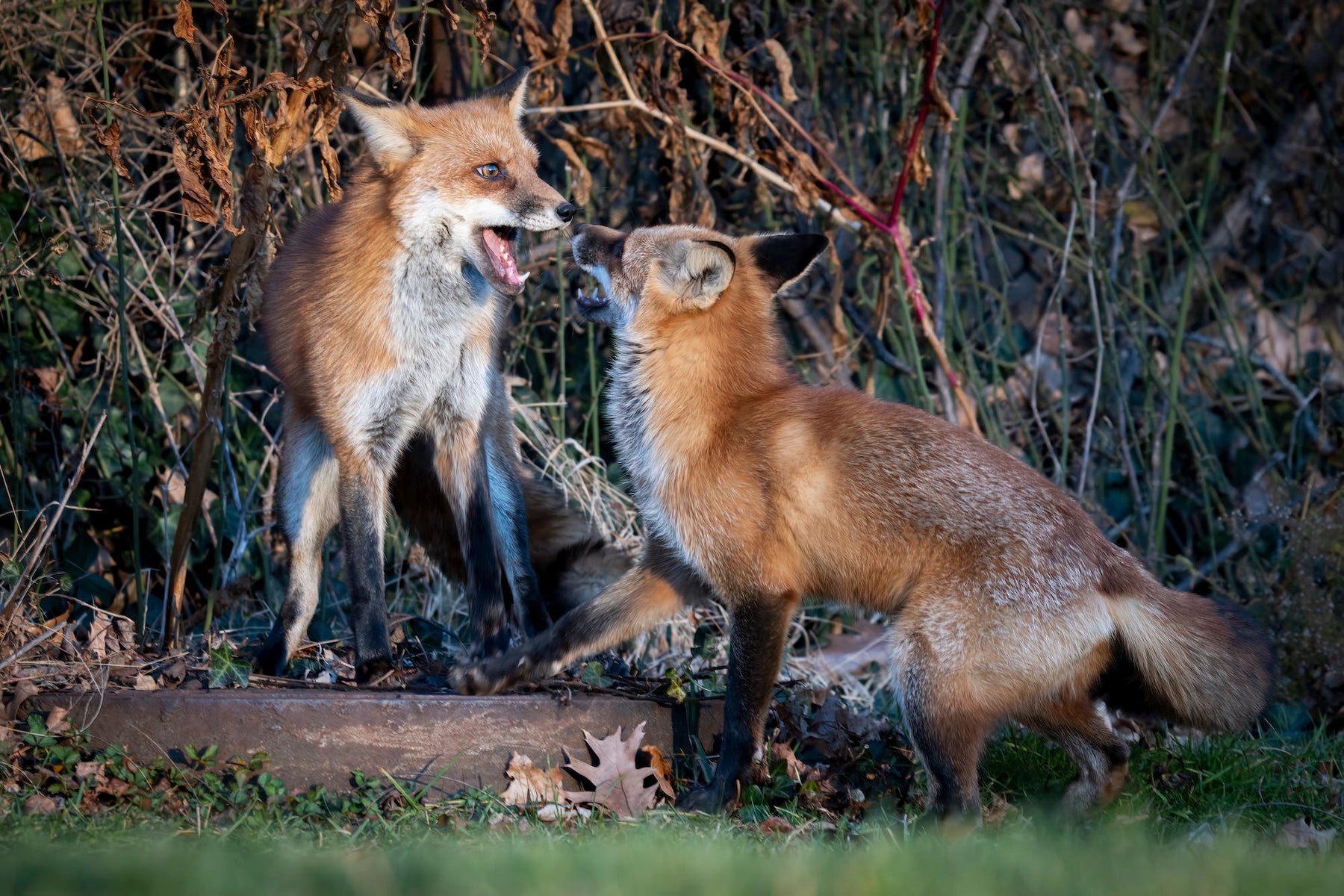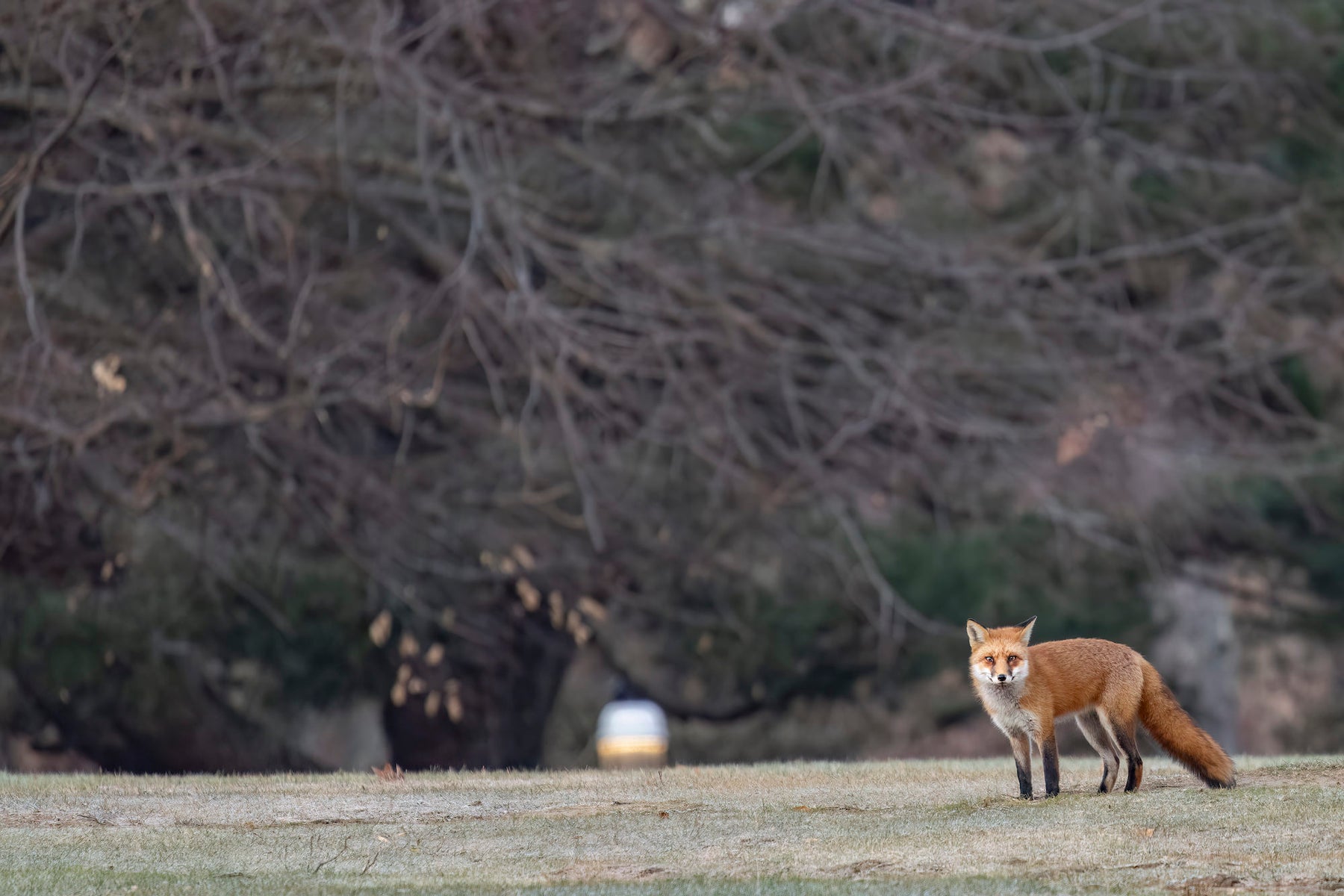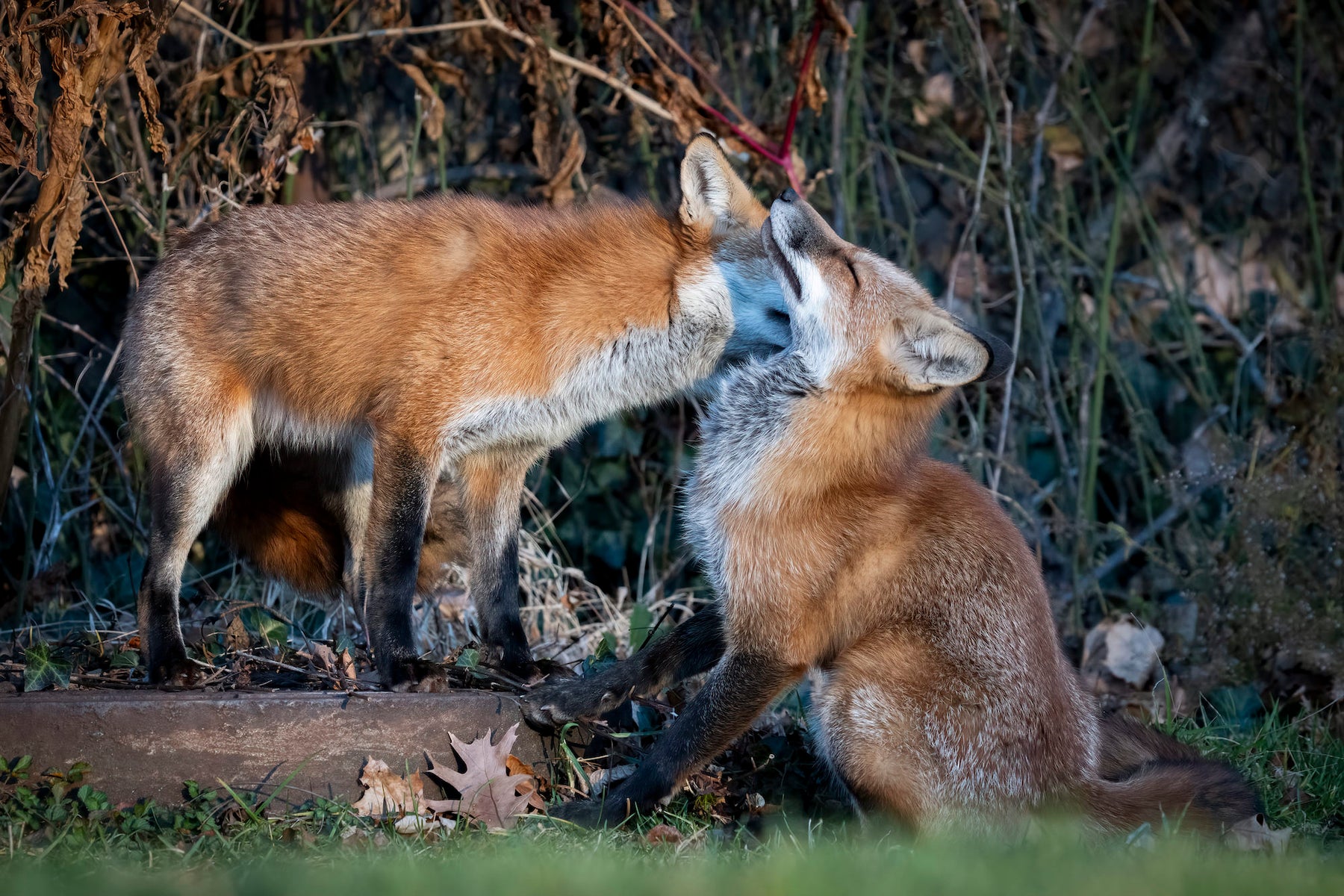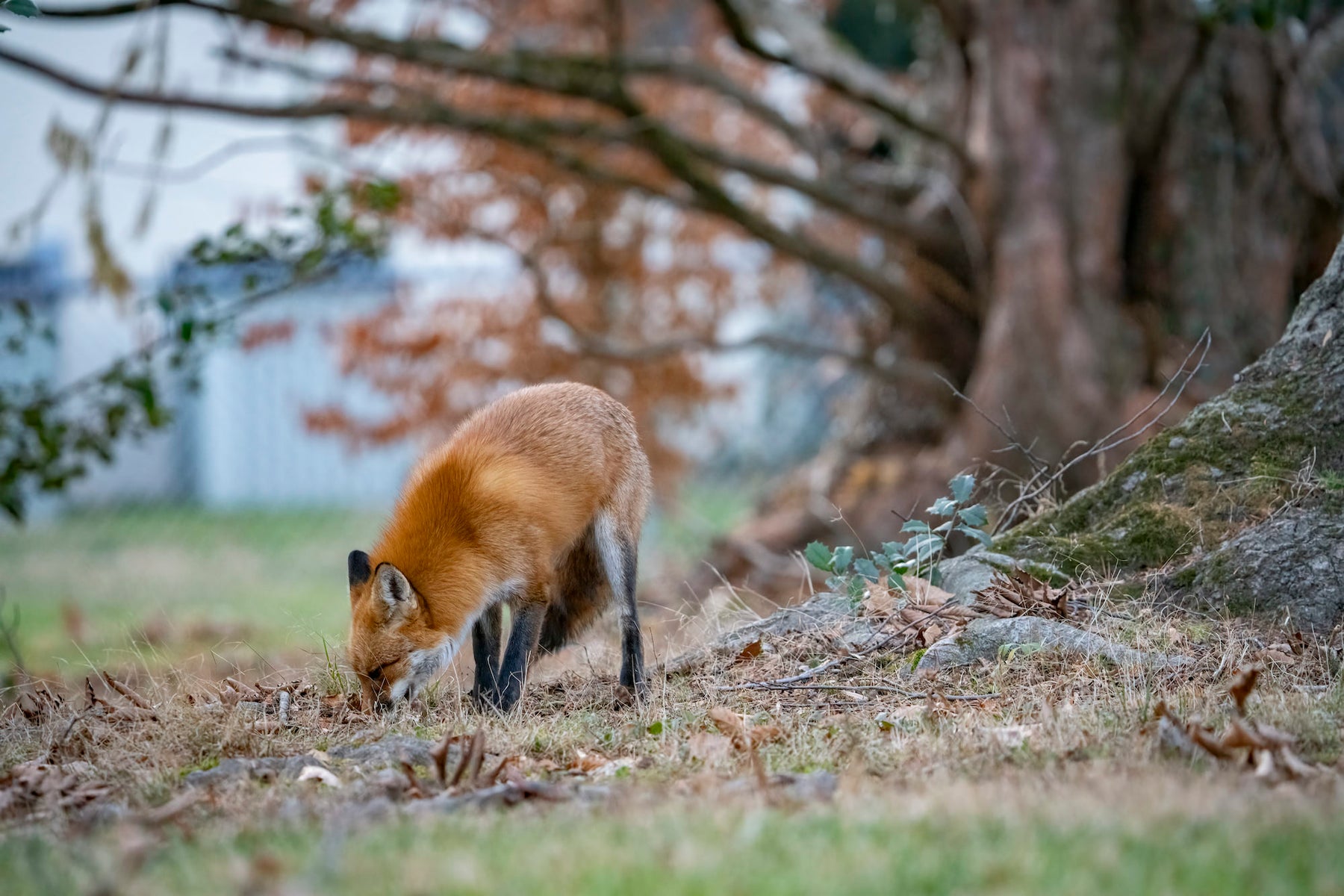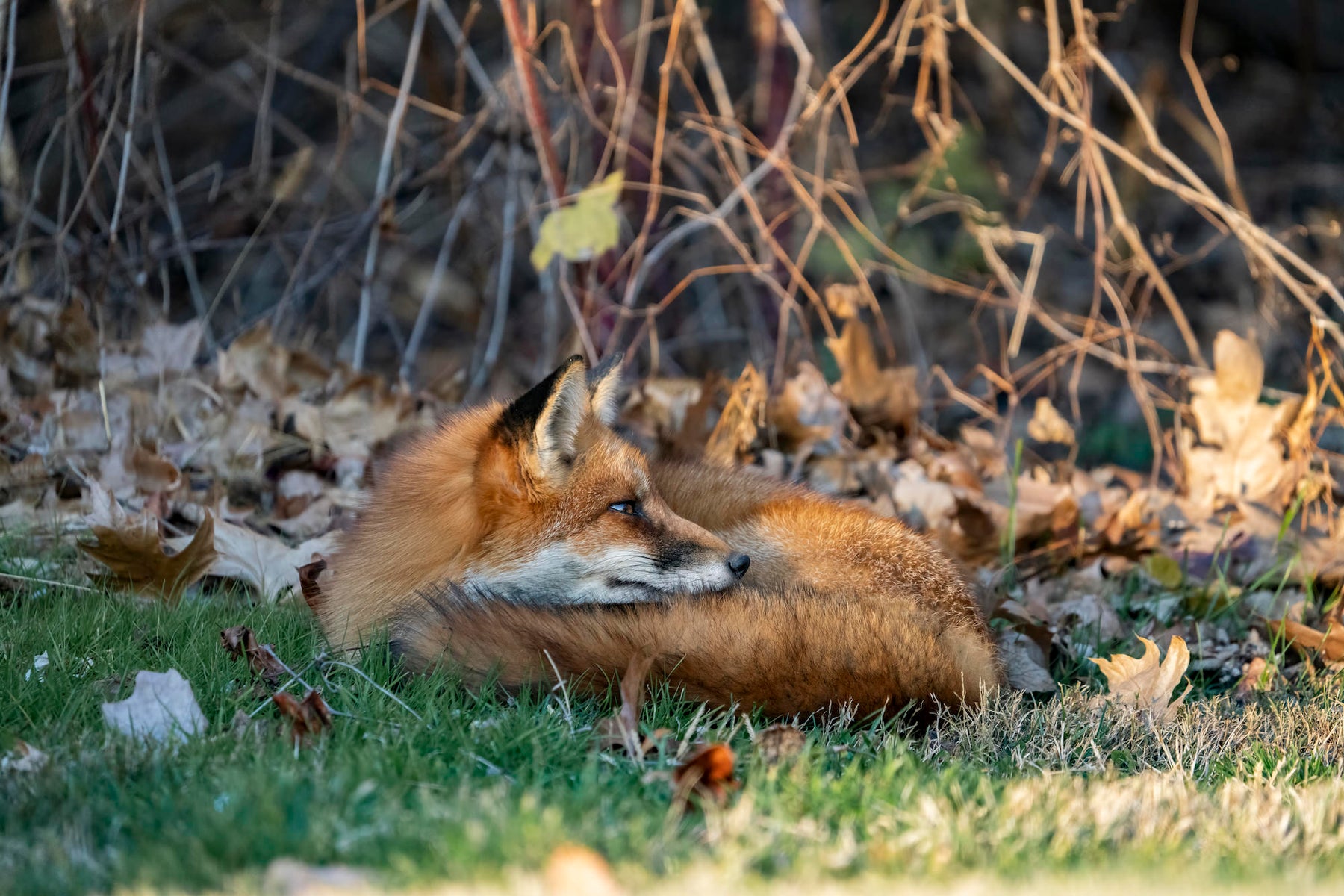For conservation photographer and doctoral student Bing Lin (@earth.abloom), his time is divided between the classroom, research, and out in the field photographing. Bing is working toward his doctorate in science technology and environmental policy at Princeton University. “Basically what my research combines is conservation ecology and environmental policy in a coral reef context. So I'm looking at the relationship between humans and coral reefs across a lot of scales, from a global scale down to a localized scale.” In addition to his research, Bing is an accomplished conservation photographer and Emerging League member of the International League of Conservation Photographers (iLCP). The theme of his life is biodiversity and conservation, and it shines through his work. You can catch up with him and more conservation photographers in the iLCP Club in the Sony Alpha Universe Community Forums.
Product Preview – In This Article You'll Find:
–Sony Alpha 7R V
–Sony Alpha 7R IV
–Sony 200-600mm f/5.6-6.3 G
We recently discovered Bing's remarkable topside and underwater photography. His Instagram post featuring the "Princeton Fox" caught our attention, sparking our interest in the story behind the images and the concept of capturing wildlife and narratives close to home. Intrigued by his work, we interviewed Bing to delve deeper into his creative process, the story of the Princeton Fox, and how he used photographhy to bring the story to life.
Discovering Urban Wildlife & Becoming A Better Observer
Having grown up in Indonesia, Bing had seen very little wildlife native to the United States. Around 2017 or 2018, a skulk of foxes made their home at Princeton University. This was Bing’s first time ever seeing a fox and he was mesmerized. “It was just the coolest thing, just as exciting as seeing one of the big five in Africa,” he says. “I thought this was the coolest form of urban wildlife and so I ended up becoming obsessed.”
As his obsession grew, Bing purchased a ghillie suit so he could spend more time around these foxes. He began to learn about where on and around campus the foxes would spend their time. He would wake up at dawn, dress in his ghillie suit, and head over to a pond on a golf course near campus. It would be around 5:45 a.m., and Bing would be laying in the mud to photograph the foxes. He was sure to follow ethical guidelines around wildlife, but the foxes would relax in his presence, allowing him to create some stunning images.
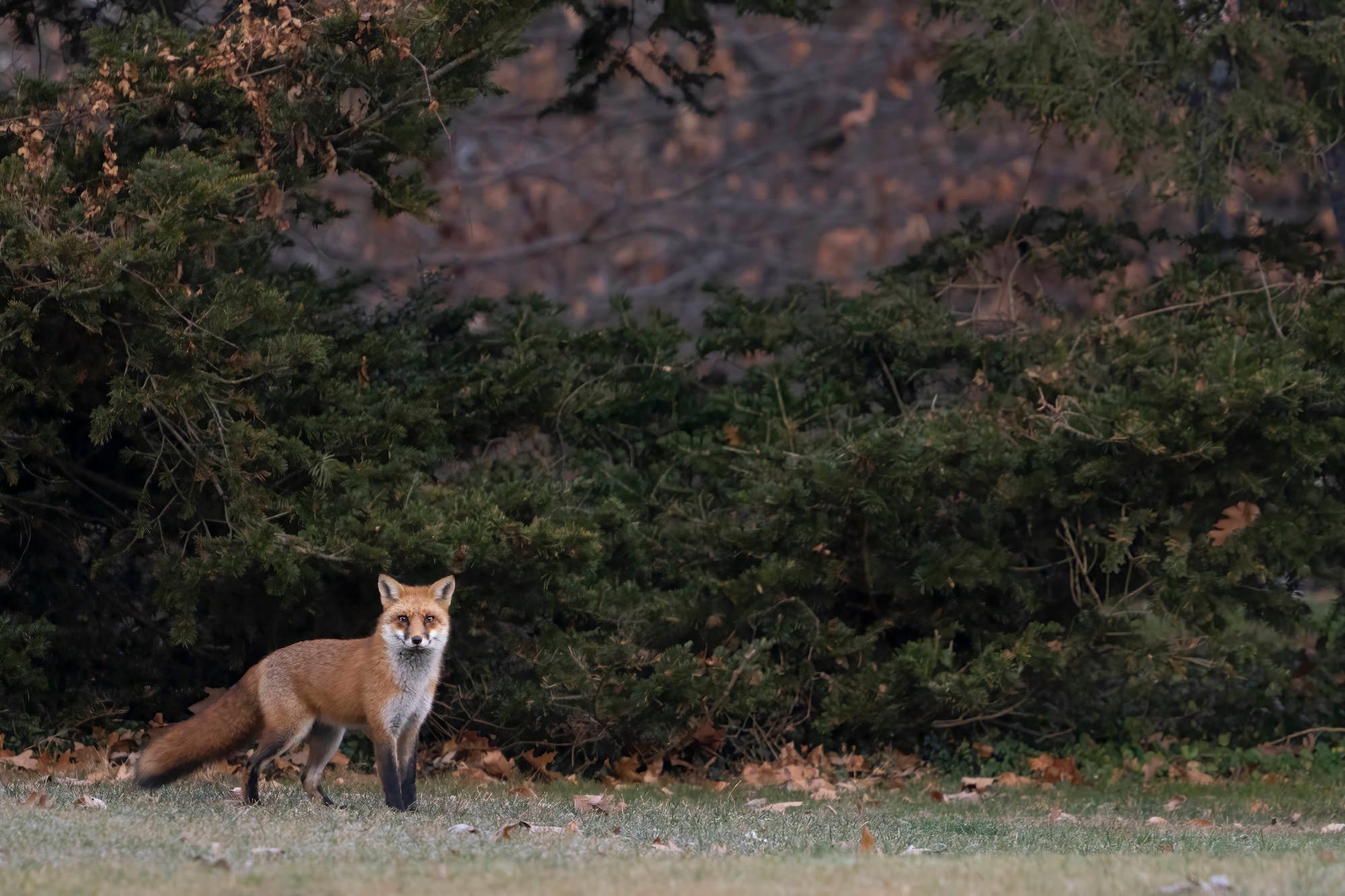
Photo by Bing Lin. Sony Alpha 7R IV. Sony 200-600mm f/5.6-6.3 G. 1/800-sec., f/6.3, ISO 2500
“It was just this magical experience and it always blew my mind how anyone could just walk past the wildlife right in front of them and beside them. It just really was this great kind of perspective-shifting moment to really appreciate what's around us because we all can't b, around the world all the time doing things in remote locations and working on glossy magazine shoots. But you can have an epic wildlife encounter in your own neighborhood. So that kind of sparked my love for urban wildlife and then it's been kind of the inspirational starting point for being a better observer of what's around me.”
Photographic Opportunities & Challenges
Bing was amazed at how wonderful it was to have a story close to home that he could photograph over and over again. “I have a special place in my heart that will always be reserved for instances that are close to home that have real world consequences and conservation impacts. I feel like the least we can do for the communities in which we reside is pay attention to what's around us.”
Photographing close to home also gave Bing the opportunity to continually improve and practice his photography skills. He was able to return to the same scene and try out different techniques, angles, and compositions. Bing started out photographing this story with his Sony Alpha 7R IV and he later added Sony Alpha 7R V, which he paired with the Sony 200-600mm f/5.6-6.3 G. Bing upgraded to Sony from a Micro 4/3rds setup and said that his Sony gear made all the difference.

Photo by Bing Lin. Sony Alpha 7R IV. Sony 200-600mm f/5.6-6.3 G. 1/500-sec., f/6.3, ISO 2500
“If I had been shooting with my old Olympus, I think I would have missed at least 25% of the shots I’ve gotten with my Sony setup. Plus the opportunities that come with having more pixels to play with and more light to play with is astounding.” Bing also loves his workflow on his camera, he’s set a variety of custom buttons, allowing him to respond to scenarios in an instant. Bing explains that his Sony gear was invaluable for photographing the foxes.
Building Empathy For Wildlife
Photographing the foxes taught Bing many lessons. First of all, Bing explains that just by spending so much time observing an animal, you learn a ton about the natural history of that species. You learn about its routine and repetitive nature. “I think that for me, the shift pretty much came when it became not just some random animal that was following, but that fox that I can recognize by its markings or routine,” he says. “Recognizing specific animals puts you in a circle of empathy, if you will, and that to me is really meaningful and honestly, what I hope my photography instills in others. Just that feeling of connection and empathy that I experience that I can share one small sliver of with whoever looks at my pictures.”
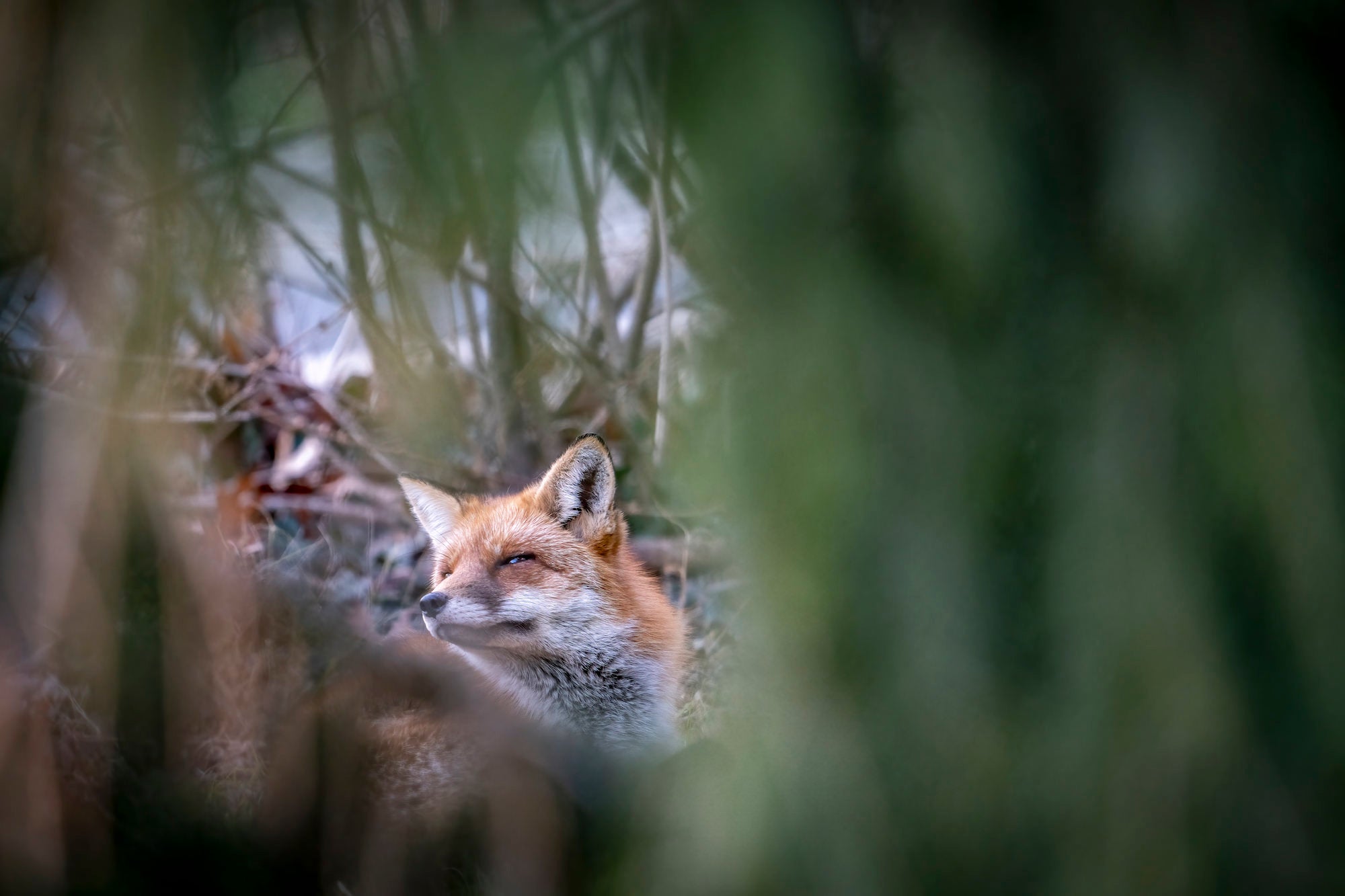
Photo by Bing Lin. Sony Alpha 7R IV. Sony 200-600mm f/5.6-6.3 G. 1/100-sec., f/6.3, ISO 1000
The images were published alongside a story in Princeton’s Alumni magazine. After the publication went out, Bing heard from many friends and other alumni that the story really touched them. He says the feedback has been overwhelmingly positive and offered him a platform to help share the wonder of wildlife with his community.
As Bing’s doctorate research focuses on biodiversity conservation, he’s thankful for his time spent photographing the fox. “The fox has been such an interesting pastime, kind of case study if you will, between what I do for work and the types of research I do and then also seeing it applied to cases in the real world. I’m in an interesting position where we talk about something in class, for example, the implications of certain policies or the consequences of land use change, and this story really drives home the lessons I learned in the classroom. This dynamic has been especially enlightening for me.”
Keep up to date with Bing and his work by following him on Instagram @earth.abloom.
You can also chat with him and other iLCP members in the iLCP Club in the Sony Alpha Universe Community Forums. This is a space for all conservation photographers, filmmakers, and storytellers – or those aspiring to be one.
